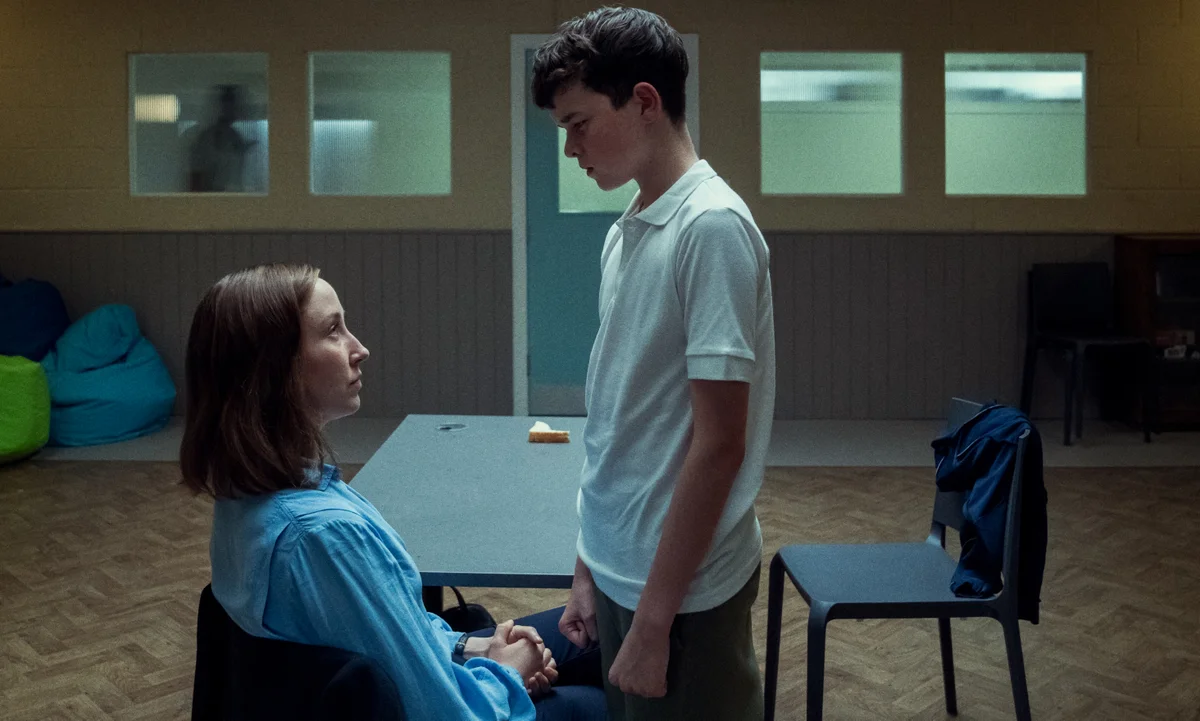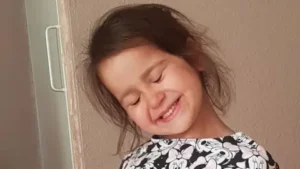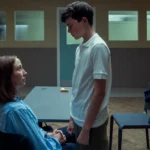Adolescence—TV or Policy?
Netflix’s groundbreaking series delves into the complexities of violence, identity, and the dark influences shaping young minds in today’s society.
In late March, Netflix released its mammoth hit Adolescence, which has now hit 114.5M views in a month. The show centres on a young boy (Jamie) who murders a young girl (Katie) from his school due to his growing online radicalisation. The show is gripping, dark and undoubtedly uncomfortable at moments. Each episode (of only four) is shot in one take to build our growing unease with what’s unfolding on screen. Jamie spends the first episode denying his crime with his parents, demanding that there was no way their child could’ve done this; he was too young. Jamie is short, scrawny and white; he’s not seen as a threat by many, and that’s the point of the character casting. You wouldn’t expect a boy like that to commit a crime so heinous because we’ve been told that there is only one type of person or man that harms women and girls that way, but the truth is that misogyny is pervasive and trickles down to even our most innocent. As we later find out in the show, not only did he murder Katie, but he had been planning revenge on Katie due to her rebuffing of his romantic/sexual advances towards her after she experienced revenge porn at their school. Katie is said to have bullied Jamie after this by name-calling him an incel and using coded emojis, but so did the other boys. Why was she the victim here?
When Jamie is interviewed by a psychiatrist in episode 3, we see how lost he is to the influences that have promised him romantic success through harm and abuse. He uses not his physicality but his voice and anger to dominate the psychiatrist, only shrouding back into his shell when a male guard enters the room to see if everything’s alright. For Jamie, men don’t deserve to be harmed or punished even if they’ve been bullied or are as equally imposing as women. Femicide (or feminicide, as it is referred to in some contexts) is defined as an intentional killing with a gender-related motivation. It is different from homicide, where the motivation may not be gender related. There is no question that Katie was murdered for being a woman, and to downplay that would be ludicrous. Sure, Adolescence could go further by examining how social media companies (which often fail to regulate harmful content and provide platforms for misogynistic and radicalising discourse) have a role to play. Still, the reality is that hatred and harming of women have existed before and will exist again if something isn’t changed. Part of what we discover throughout the series is that the misogyny Jamie has taken on isn’t just due to the online sphere; it’s been deeply rooted in his own family dynamics. His father is quick to anger and finds himself disappointed in his son for not living up to stereotypical male interests such as football. Both parents often sideline his sister to take care of Jamie as they assume she can be alone (we see this when they suggest she goes home after he is first arrested). Jamie’s mother spends most of her screen time managing and maintaining her husband’s mood—her role is of a caretaker meant to ensure the men in her life don’t go off the rails no matter how it makes her feel. To have that as your breeding ground and then find yourself in online spaces where you’re told that women are to be blamed for all that is wrong in your life is an obvious recipe for disaster.
Adolescence has significantly raised awareness and understanding in society, with many lauding it as a crucial starting point for discussing the growing influence of incel culture and the Alt-Right on young boys and men. Its resonance with the British public and the government offers a clear insight into how online radicalisation can harm our youth at such rapid and unnoticed rates. In collaboration with Netflix, Tender, and Into Film, the Prime Minister has even facilitated free viewing in schools via Into Film+ schools streaming service, promoting a deeper understanding of these pressing issues. This show’s impact on societal understanding is a testament to its significance and relevance. As the PM stated in his talk: “This isn’t a challenge politicians can simply legislate for. Believe me, if I could pull a lever to solve it, I would. Only by listening and learning from the experiences of young people and charities can we tackle the issues this groundbreaking show raises.”
The other side of the aisle is much less kind, with the show being used as a talking point for further divisive culture war arguments. One such argument, which has been debunked, claims that Adolescence was based on the murder of two young girls perpetrated by two different Black boys. In the eyes of the Alt-Right (a far-right, white nationalist, and anti-immigration movement), the show’s usage of Jamie is another example of ‘woke media’ (a term used to describe media that is perceived as overly politically correct and socially aware) demonising whiteness. The show’s co-writer, Jack Thorne, has unequivocally denied this; both he and Stephen Graham have repeated time and time that the show was inspired by numerous cases of young girls being murdered and uses fiction to examine why this is happening. Still, the reality is that crimes like this occur across the racial spectrum because the core of it is a hatred for women that has been steadily growing over the past decade and has only been emboldened by our rocky political climate and the platforming of voices such as the infamous Tate Brothers, Elon Musk and a slew of podcasts that speak to the crisis in masculinity because of feminism. It is also interesting that Jamie’s race is taken into such high regard but not Adam’s, the son of DI Luke Bascombe, the lead investigator of this case. Adam, like Jamie, is bullied and ostracised but never turns to violence; he finds the concepts of incels harmful and aids his father in investigating the case even though he also has a strained relationship with his father, similar to Jamie. He’s a Black boy who is not interested in engaging in violence and is more than aware that if he engaged with his bullies or fought back, he would face less backlash than Jamie, who is still coddled and supported even when he’s been charged, as seen by that store clerk who tells Jamie’s father that he still secretly supports him, and so do many online. This examination into who is deemed a worthy perpetrator and the worthy victim is a fascinating insight into our current political and cultural landscape.
While the full impact of Adolescence on our cultural understanding of incels remains to be seen, it has undeniably sparked vital conversations about why online safety is so crucial. The urgent need for education and training on the existence and influence of such content on our young boys and practical strategies to combat it cannot be overstated. At Lasting Support, we’re leading the way in fostering these difficult conversations among ourselves and the families we work with. We’re also re-evaluating our training to ensure that parents, educators, professionals, and all those who safeguard young people are fully aware of the challenges ahead. Defeating misogyny and gender-based violence is not something that’s up to women to do. Adolescence is currently in talks of producing a second season to explore these issues further, but we can’t wait for a television season to make a change. All of us must take part in making sure that we create a safer future for our children that is free from any violence.







